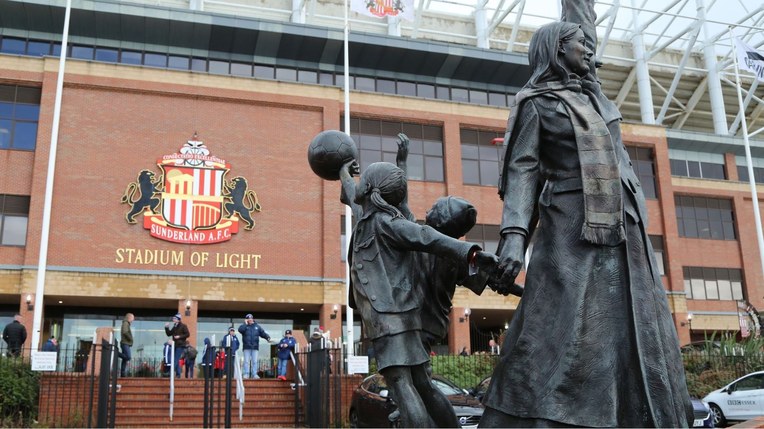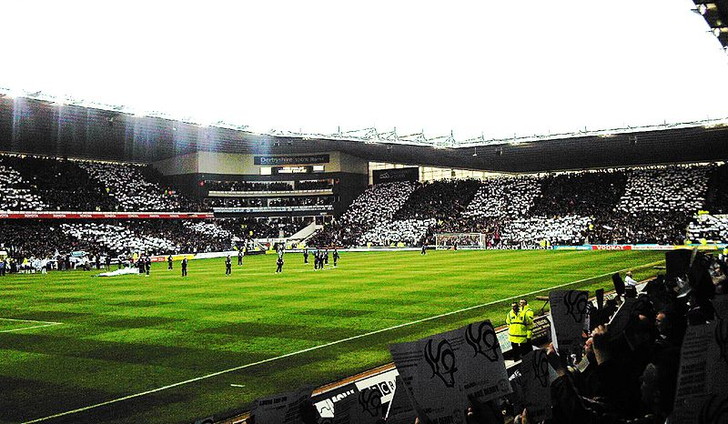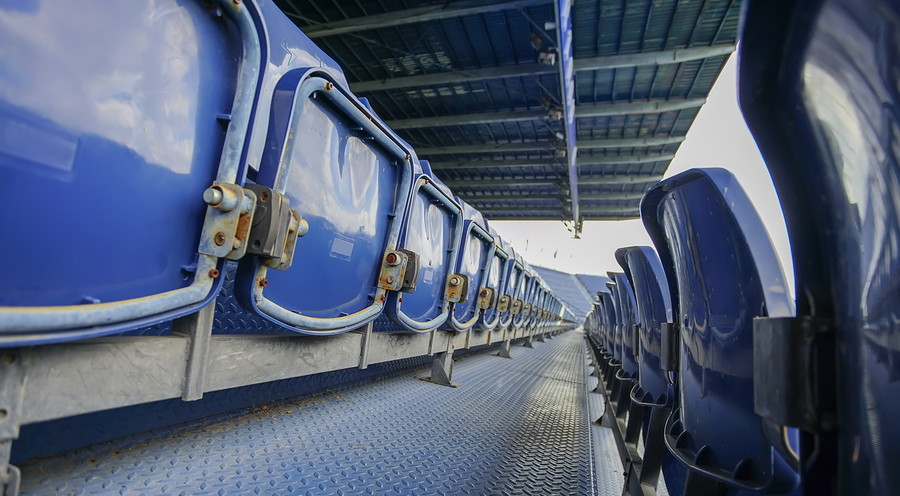
When it comes to football stadiums, the natural inclination is always to think that bigger is better. Most men would tell you that size doesn’t matter, but when it comes to playing in the lower leagues there is actually an argument and smaller is better than bigger in terms of what the stadium has to offer.
Sadly, lower league attendances are significantly lower than they are in the top-flight or even in the Championship, so fitting a small amount of supporters into a bigger space doesn’t necessarily mean that you are going to get a good atmosphere, with there being a solid argument that it might actually be worse than in a smaller ground.
They’re Expensive to Run

If it is winter then the indoor sections often need to be heated, whilst food and drink will need to be supplied, which also uses up electricity in its storage and costs money. The monetary cost also goes up when it goes to waste and knowing how many people to cater for can be tricky.
Barça will play against Arsenal in the Sofi Stadium in Los Angeles, the most expensive stadium in the world. It cost around $5.5b to build.
— @sport pic.twitter.com/CYE8VZDHcn
— Barça Universal (@BarcaUniversal) July 26, 2023
There is also the fact that stadiums cost money to build, with the money earned on a match day having to go towards paying for that as well as for the costs incurred by hosting a game. Smaller stadiums obviously cost less and are also less expensive to have open during a football match. In other words, by having a big stadium that is unlikely to be filled, teams end up having to pay large sums of money when compared to teams with much smaller stadiums.
A 30,000 arena is more like a weight around the neck of a lower league team than a football ground that can only fit 3,000 people or so when a match is being played.
The Atmosphere is Ruined

Imagine a world in which a football team regularly sees around 2,500 people turn up to watch its matches. If the stadium that they play their games in has enough room for 3,500 people, the ground will seem quite full if that number of people turn up to see a match.
The atmosphere will seem decent thanks to the lack of open spaces and the manner in which the attendees are crammed into a reasonably small space. Whilst the noise obviously won’t be as impressive as the noise created by 60,000 odd people turning up to a stadium like Anfield, it will be relatively impressive and that is the thing that matters most to the home side.
@wetalkfootball7 Ranking every league 2 club based on atmosphere #fypシ #league2 #fans #football #foryou
Now, imagine those same 2,500 people in a stadium that could fit 30,000 people. Immediately it seems strange to have such a small number of supporters in such a large space. In reality, of course, it is the same number of people as were in the smaller stadium, but because of the size of the second one it means that it is extremely difficult to generate any sort of atmosphere.
Though the club might try to get everyone in the same sort of area, that doesn’t always happen and people are happy to wander and find their own space. This damages the atmosphere and in turn makes it difficult for the fans to help the team win matches.
The Icarus Syndrome
In Greek mythology, Icarus made himself some wings using birds’ molten feathers and threads from blankets, held together by the leather straps of their sandals and some beeswax. Icarus wanted to soar high in the sky but in doing so he flew too close to the sun and the heat melted the beeswax.
What, you might be asking yourself, has this got to do with football. The answer is that some football teams felt like they could fly and built stadiums to reflect that fact, only to find themselves falling out of the sky (Premier League) and yet still having the large stadium that they had previously being a major issue for them.
The longer a team plays in the lower leagues in a large stadium, the more obvious it is that they have failed in their ambitions. The problem is, most clubs would believe that they can make it back into the top-flight at some point, so there is no desire to close the ground or alter it in any real manner. As a result, the club suffers both in terms of perception and the reality of a ground that simply isn’t right for it.
